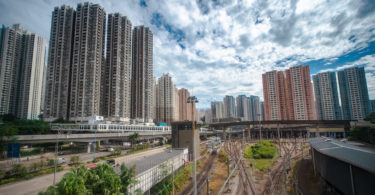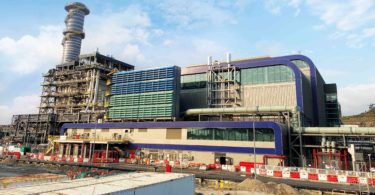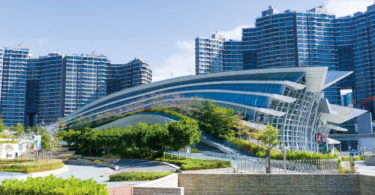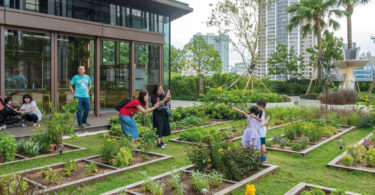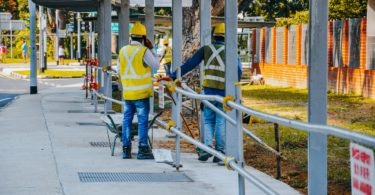Ronald Lu & Partners (RLP) is a design-led architecture firm with a vision to design a better life and redefine sustainability. It is a recognised industry leader and many of the accredited professionals have achieved BEAM Pro or an equivalent international standard; continuously driving sustainability throughout the firm to excellence in design and construction, and to maximising opportunities that provide greater environmental benefits for communities across Asia and beyond.
The firm have been a champion of building information modelling (BIM) technology for more than a decade. It has also won numerous BIM-related awards, including the Xiqu Centre in Hong Kong and the recently-completed 530-metre-high Tianjin Chow Tai Fook Financial Centre—both of which are exemplify the firm’s commitment to excellence. RLP currently employs more than 80 BIM experts, a figure which is likely to expand.
Construction Plus talks to RLP directors Arthur Kwok (AK) and Patrick Chui (PC) on how this firm is committed to advancing BIM and modular integrated construction (MiC) development on the architectural design and technology for the digital age.
What other emerging technologies will transform the industry in the coming future?
On top of BIM and MiC, there are many emerging technologies that have the potential to transform the industry, for example, generative design, and robotics.
Generative design may be the next frontier; this is an iterative, evolutionary design process which allows architects and designers to input various design objectives and parameters into a software program, such as spatial requirements, materials, manufacturing methods, costs, and many others. Using artificial intelligence (AI) and parametric design, the software analyses the relative merits and drawbacks of all possible solutions; producing results that are fed back into the process and then repeated to create the most optimal solutions to complex design problems. The generative design process is very exciting, as it is essentially a sped-up, sophisticated version of trial and error which automates some of the design logic and freeing up valuable time.
As an expert in Building Information Modelling (BIM) and Modular Integrated Construction (MIC), can you share with us your experience in adopting these construction methods to your recent projects?
AK: In complex, large-scale mixed-use developments, there are many scenarios where the use of BIM allows for direct and accurate information collection for the team to review.
In terms of the Xiqu Centre, BIM allowed RLP to optimise the building’s innovative appearance and make the construction process more efficient. Our use of BIM saved time and helped us to complete the project within an extremely tight timeline. For the Tianjin Chow Tai Fook Financial Centre, we adopted BIM during the design stage for the façade and external surfacing. We also adopted BIM to resolve site Query (RFI) & justify VO as part of the submission requirements.
We held weekly BIM meetings to monitor site progress and verify clash analyses before on-site construction began. The team used BIM for day-to-day communications, and it actually became essential: the team received frequent BIM model updates throughout the construction process. All sub-contractors (NSCs) were also required to have BIM capability.
PC: Modular Integrated Construction or MiC is a system or idea to carry our off-site prefabrication of freestanding volumetric units with finishes, fixtures, fittings, etc. and to transport these units to site for assembly or completing a building directly. Such an idea is feasible if design consists of a few repeating modules so that off-site prefabrication, transportation and site assembly can be easily rationalized. Essentially, only some building components (i.e. central core, stairs, common corridors) will be constructed on site, with a majority of building modules be prefabricated at factories off-site. The MiC system has been applied in a few projects, including a dormitory, residences, health-care related facilities, etc. using steel, reinforced concrete or both in Hong Kong over the last two years.
Basically, building types with repeating units (i.e. flats, guestrooms, wards, workshops, etc.) that can adopt a simple modular design have high potential of using MiC system so that a majority of construction work can be completed at more controlled and decent indoor factory environments for better quality and performance of completed works. Rigorous inspections and tests can be carried out easily at factories and any revealed defects can be fixed, rectified, tested and eliminated efficiently before leaving the factory for site assembly.
Two of the key reasons that the MiC system is becoming more practicable are the rapid adoption of Building Information Modelling (BIM) in design and construction, and advancement of telecommunications to enable efficient transfer of data, tele-conferencing and instantaneous inspection or monitoring of fabrication and transportation. BIM is used to construct the buildings in the digital or virtual world in advance in order to facilitate designer and builders to review, anticipate and settle possible construction issues before carrying out site construction works. BIM and efficient telecommunication systems are essential for designers, building contractors and MiC fabricators to complete essential co-ordination successfully for installing finishes, fixtures and fittings as practicable before transporting to site for assembly.
The developed and federated BIM models can be uploaded to the Common Data Environment (“CDE”) for team-members to review, co-ordinate and sign-off for fabrication and site installation. The cloud based CDE couple with RFID system for prefabricated units can also allow project team members, developers or clients to capture instantaneous material usage, fabrication/inspection/ testing/transportation status and site assembly progress. In fact, our recent 700 temporary quarantine facility project units, which is required to be completed within 90 days from award of the contract, has adopted all the above systems to allow us to successfully achieve the demanding target.
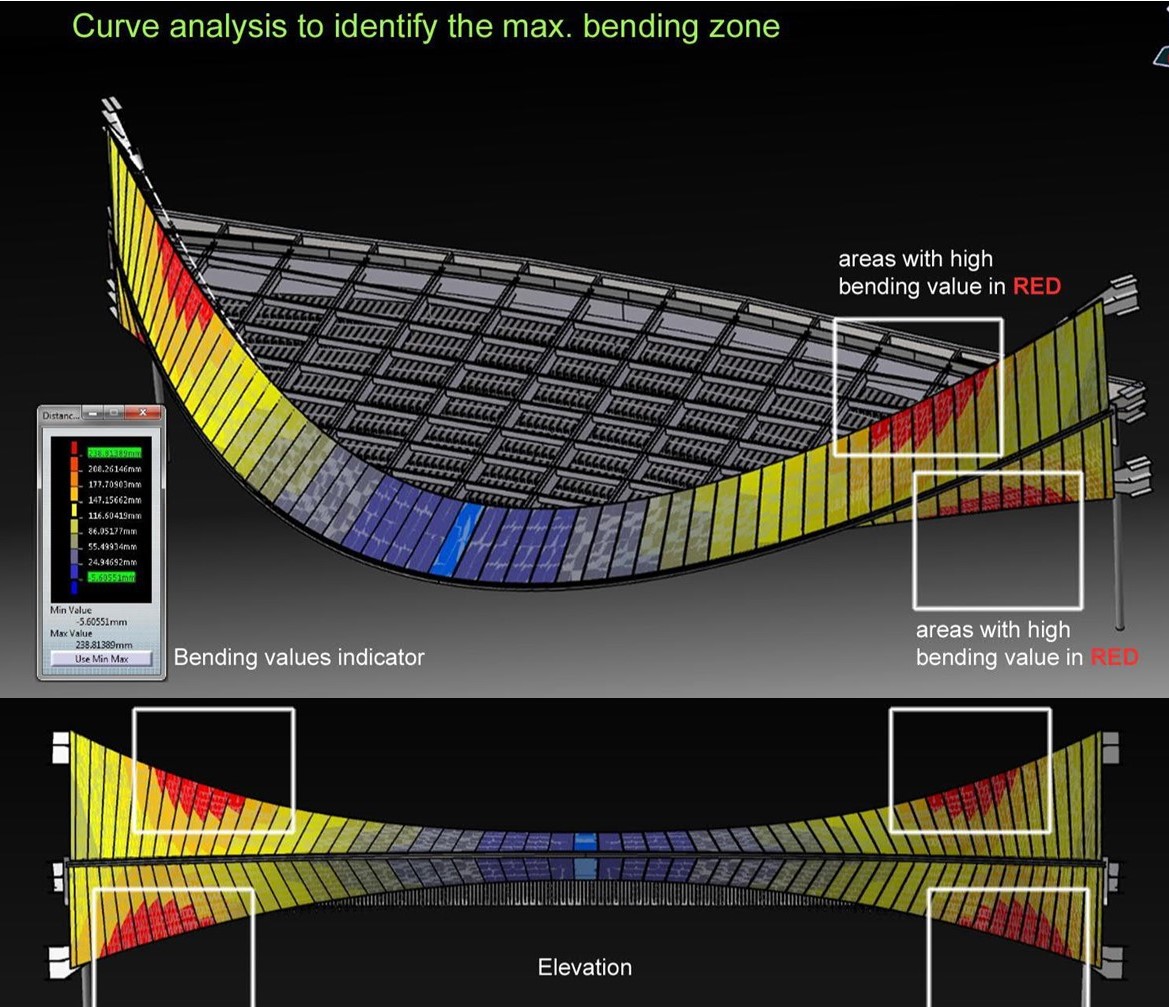
Curve analysis to identify the maximum bending zone
How do you see the role of BIM in the face of today’s environmental challenges?
AK: Adopting BIM in the Greater China market, particularly when working on design development in parallel with construction, creates a number of challenges. To manage these challenges, we needed to set certain parameters and establish robust criteria.
One of BIM’s greatest benefits is that it allows effective pre-planning. This means we can determine potential impacts on the environment and energy use under different scenarios, helping us identify ways to reduce waste, errors and costs – allowing us to better integrate sustainability into our designs. We then run this through a BIM model assessment to analyse and identify the best possible outcomes.
This creates many benefits – for example, avoiding clashes between pipe and duct work and structural components of the building fabric like columns, doors and windows; since some of these cannot be detected in 2D plans. So, BIM helps sustainability design teams better understand the fact that some designs cannot work due to space limitations.
BIM also allows teams to reduce material waste in manufacturing and lower a project’s energy footprint by delivering materials exactly when they are needed.
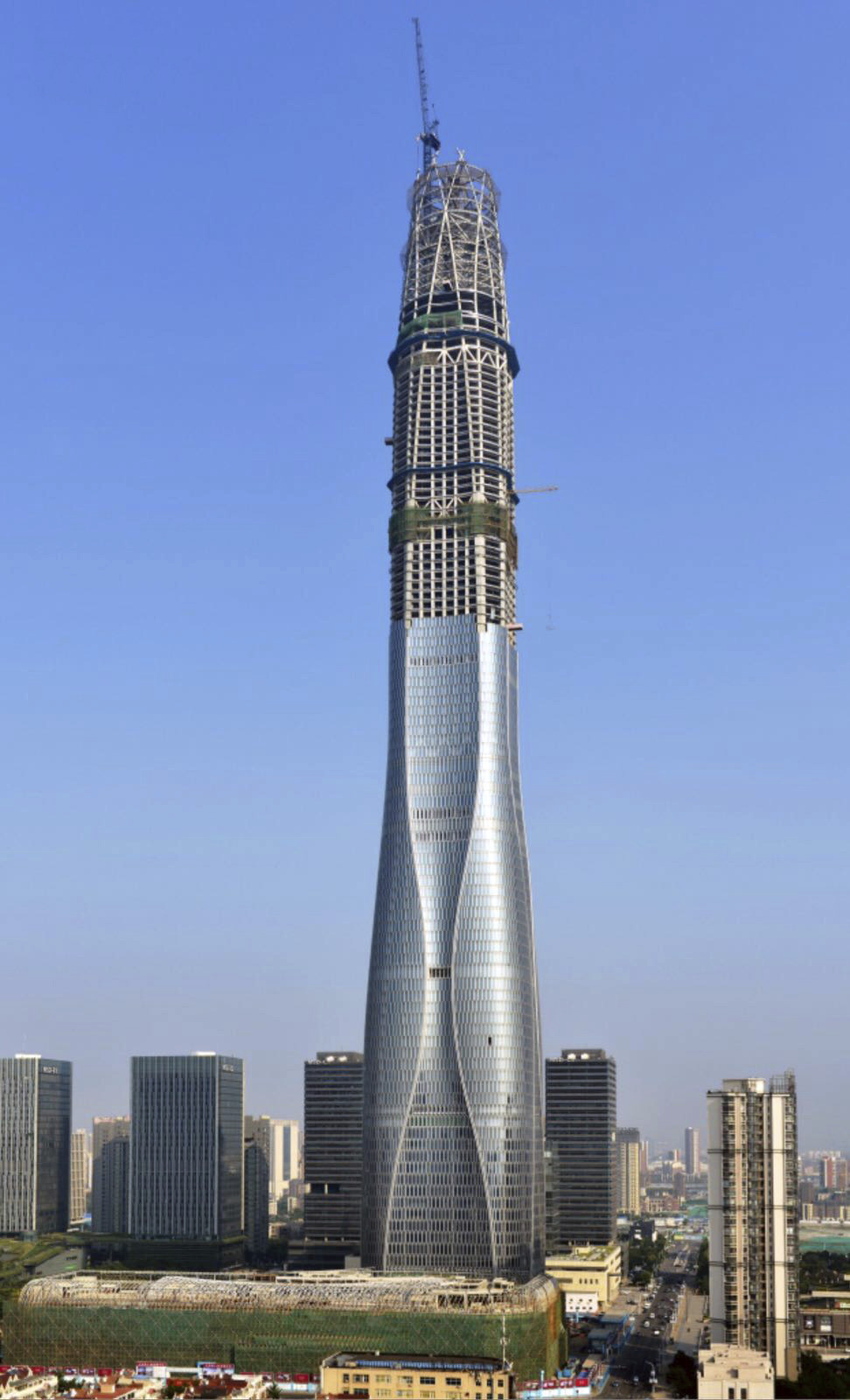
The construction progress of the tower; Image by New World Development
How can MIC provide solutions to Hong Kong’s construction challenges at the moment?
PC: As well recognised by the building and construction practitioners, off-site factory manufactured or prefabricated works can have a solid positive effect or generate improvement in site safety, quality control, site workforce, efficiency, construction period, construction waste, sustainable built-environment, disturbance or nuisance to the neighbourhood, etc. In addition, such diversion of works could help Hong Kong to mitigate challenges arising from decline in the size of the local construction workforce and concerns for site accidents or safety.
Instead of constructing individual building components at off-site factories and assembly after transporting to site, a more innovative or ambitious idea is to prefabricate freestanding volumetric units with finishes, fixtures, fittings, etc. and to stack-up these units to form a building directly so as to substantially reduce site works and duration. Such an idea is feasible if the design consists of a few repeating modules so that off-site prefabrication, transportation and site assembly can be easily rationalized. Essentially only some building components (i.e. central core, stairs, common corridors) will be constructed on-site, with a majority of building modules prefabricated at factories off-site.
As the extent of site works, especially wet or noisy trades, can be reduced, the demand for site workers will be reduced but the need for higher-end building technical or professional personnel will increase. Furthermore, the scope or magnitude of any environmental impact or disturbance to nearby residents or the neighbourhood will be substantially reduced. In fact, both Japan and Singapore are key players of various prefabricated systems that are similar to or are even more advanced than the MiC in HK which have helped their economies in the face of an aging population and the need to become smarter city with higher value add job opportunities.
This is an excerpt. The original article is published in Construction+ Hong Kong Issue 20. Subscribe to the digital edition or print magazine to read the complete article.


Arthur Kwok and Patrick Chui
RONALD LU & PARTNERS (RLP)
RLP’s expertise is integrated into the extensive range of design services which includes master planning, new build, interior design, urban regeneration and architectural research. It delivers projects ranging from BEAM Plus assessment standards and international equivalents to state-of-the-art ‘zero carbon’ buildings.
In light of advancing architectural design and technology for the digital age, RLP intends to expand the use of cutting-edge digital tools and innovative technologies to contribute more to the development of cities in Greater China, across the Asia-Pacific region and around the world and create a better life at every opportunity.






